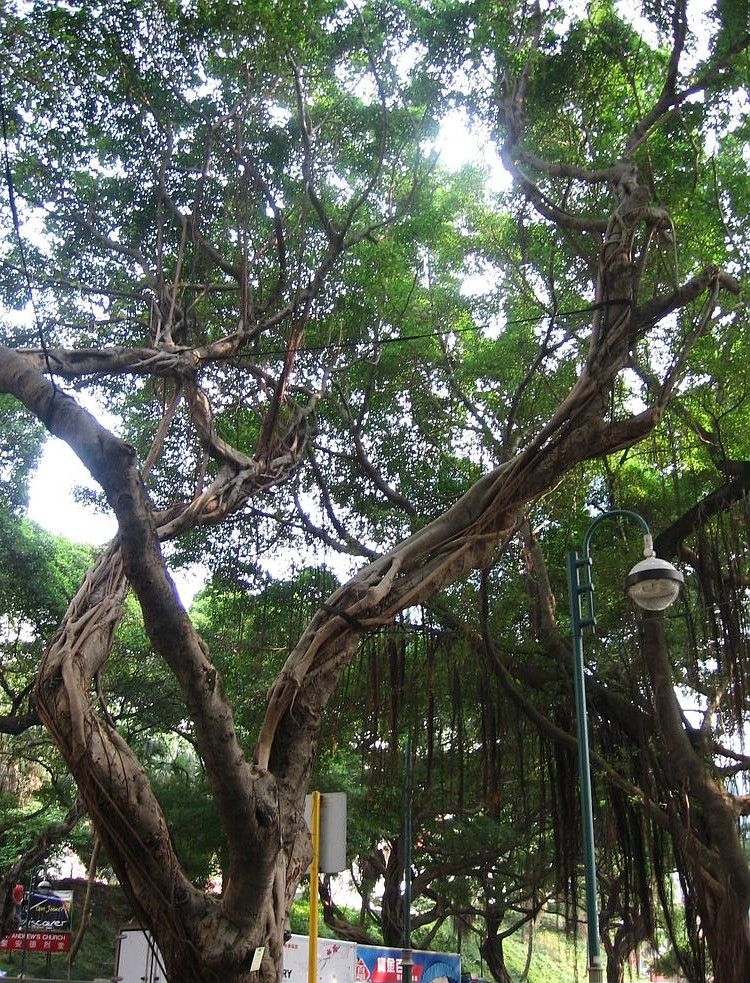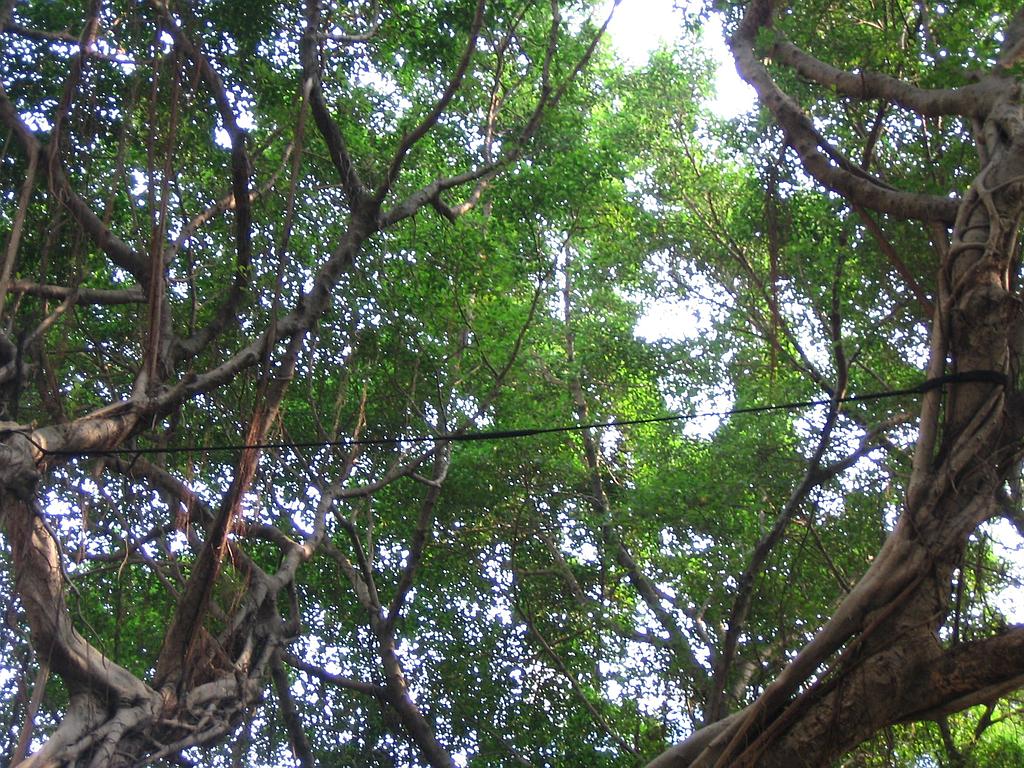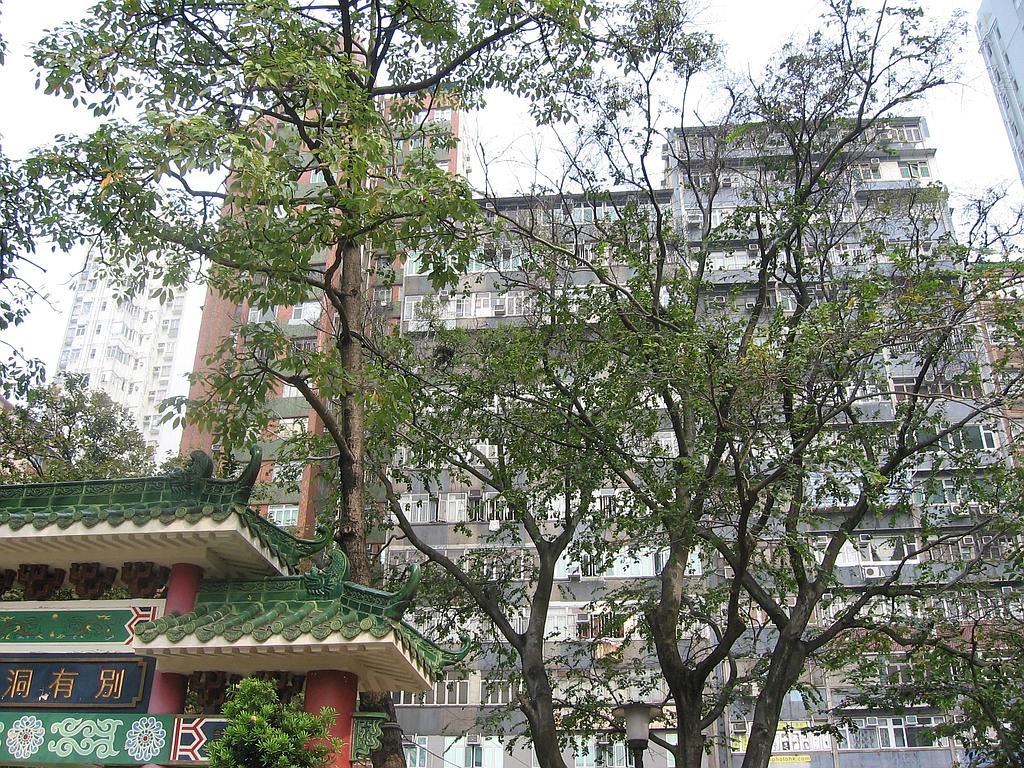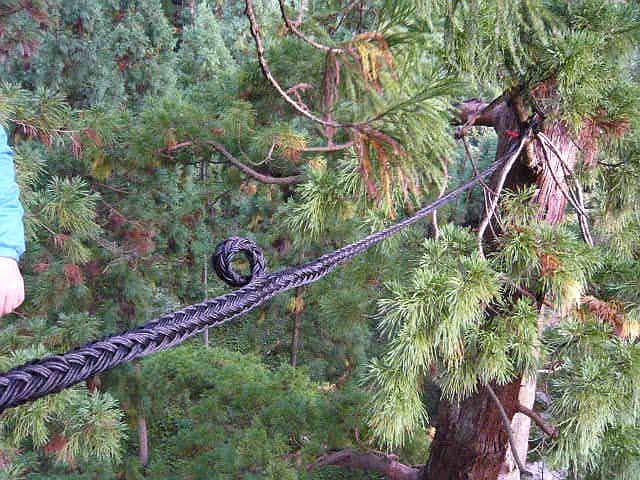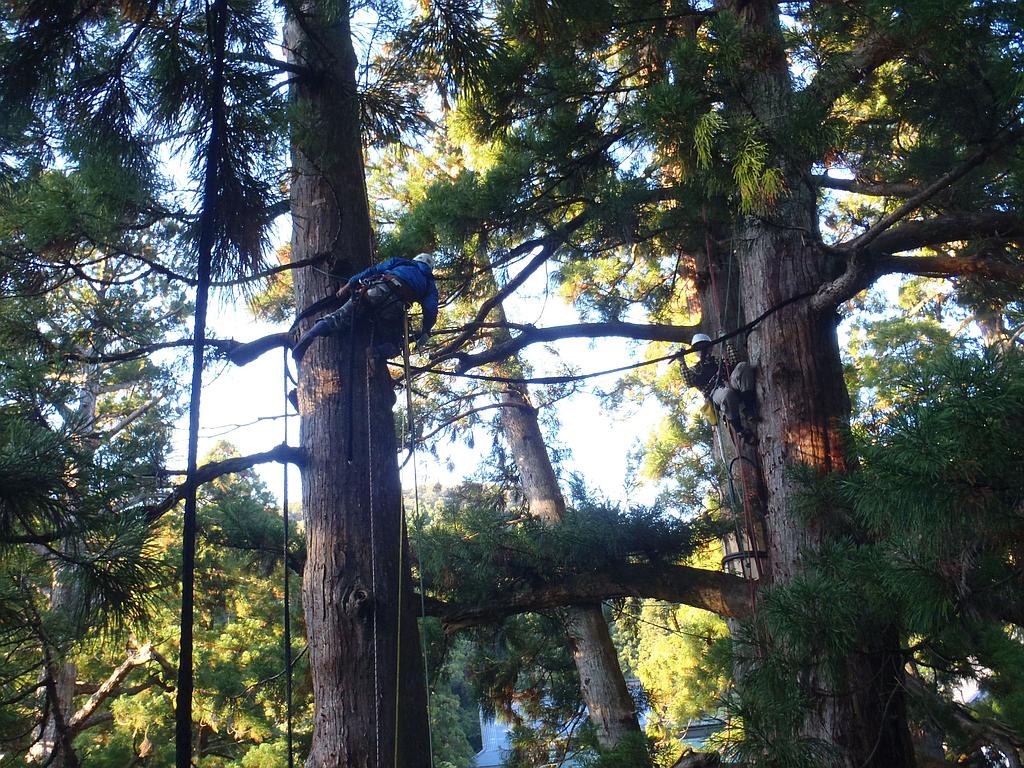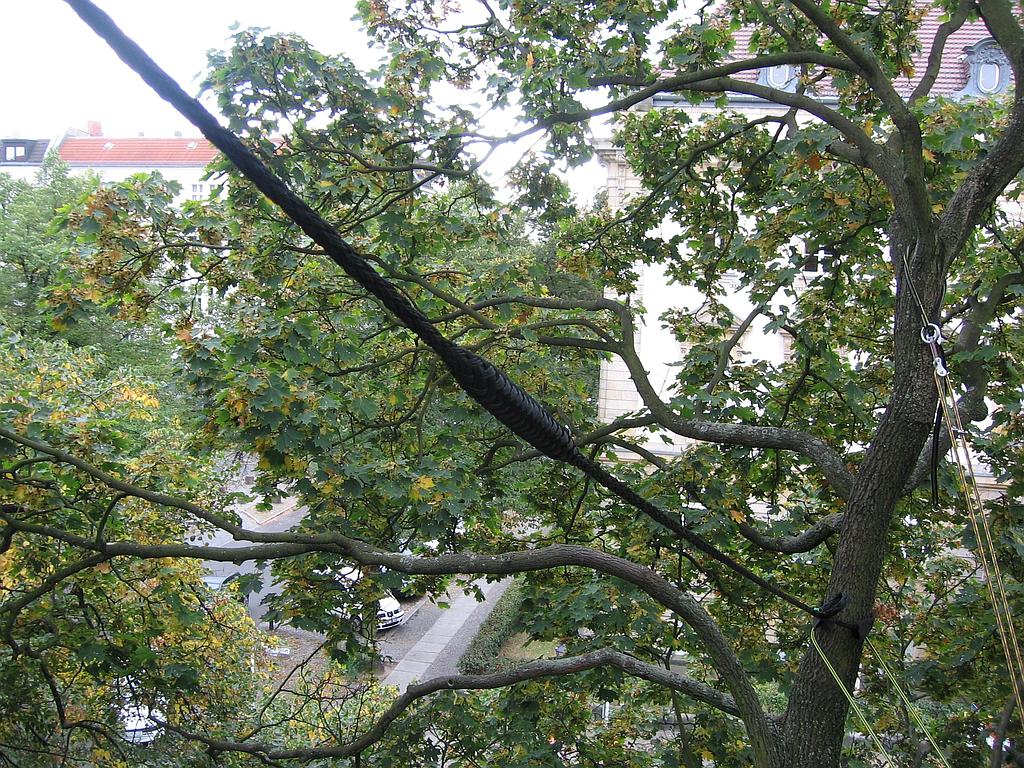cobra® tree cabling system
- the right system for every tree -
Basic questions
The same questions crop up time and time again if a tree is being restored to be safe for traffic and pedestrians using tree cabling systems:
-
Is dynamic or static tree cabling required?
-
Which breaking load is required?
-
Where should the tree cabling be installed?
-
What do I need for this?
Our answers
dynamic or static tree cabling
In most cases branches/stems are supported using dynamic cabling. This is installed as horizontally as possible and ideally as triangle cabling. This type of cabling supports all wind load directions.
Static cabling is only installed if a branch is cracked. This is also installed as horizontally as possible and as triangle cabling.
Wide branches or branches where cabling against side wind loads is not possible are secured using static support/load cabling. With this the tree cabling runs as vertically as possible and is not to prevent breakage but to prevent it from “falling to the ground” afterwards.
Recommended breaking load
As a rule, no complicated calculations or analysis are required here. In practice we rely on arborists’ decades of practical experience. The ZTV Baumpflege standard’s notes on breaking loads for crown bracing apply here.
German treecare standard (ZTV Baumpflege) note on calculating dynamic tree cabling systems:
|
Branch /System diameter (measured at the base at the time of installation) |
Minimum breaking load for the warranted service life, installed at least in 2/3of the branch/stem length to be cabled |
|
up to 40 cm |
2,0 t (cobra 2t) |
|
over 40 and60 cm |
4,0 t (cobra 4t) |
|
over 60 cm and 80 cm |
8,0 t (cobra 8t) |
|
over 80 cm |
Special situations to be decided on a case-to-case basis |
German treecare standard (ZTV Baumpflege) note on calculating static crown bracing and load/support cabling systems:
Double the values for tree cabling systems that are to keep part of a tree still or absorb permanent loads.
Recommended installation position and height
It is also recommended that the German treecare standard (ZTV Baumpflege) recommendations are followed here.
If the installation is on one level, then dynamic or static cabling is installed at least at 2/3 of the height of the branch to be cabled.
If the installation is on two levels (with split forks), then static cabling is installed at least at 1/4 of the height and dynamic cabling is installed in 2/3 of the branch to be cabled.
Our solutions
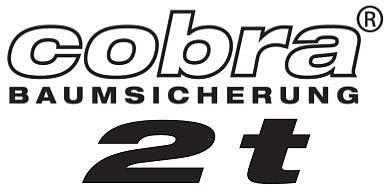
Application area:
-
Minimum breaking load: 2t (2.000 daN)
-
12 years’ service life
-
Up to 40 cm branch ø as dynamic cabling
-
Up to 30 cm branch ø as static
load/support cabling
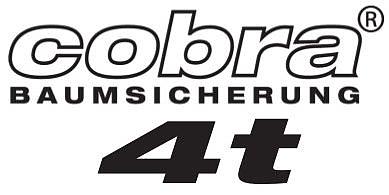
Application area:
-
Minimum breaking load: 4t (4.000 daN)
-
12 years’ service life
-
Up to 60 cm branch ø as dynamic cabling
-
Up to 40 cm branch ø as static cabling or load/support cabling
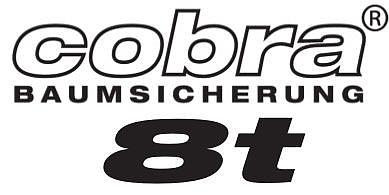
Application area:
-
Minimum breaking load: 8 t (8.000 daN)
-
8 years’ service life
-
Up to 80 cm branch ø as dynamic cabling
-
Up to 60 cm branch ø as static cabling or load/support cabling
